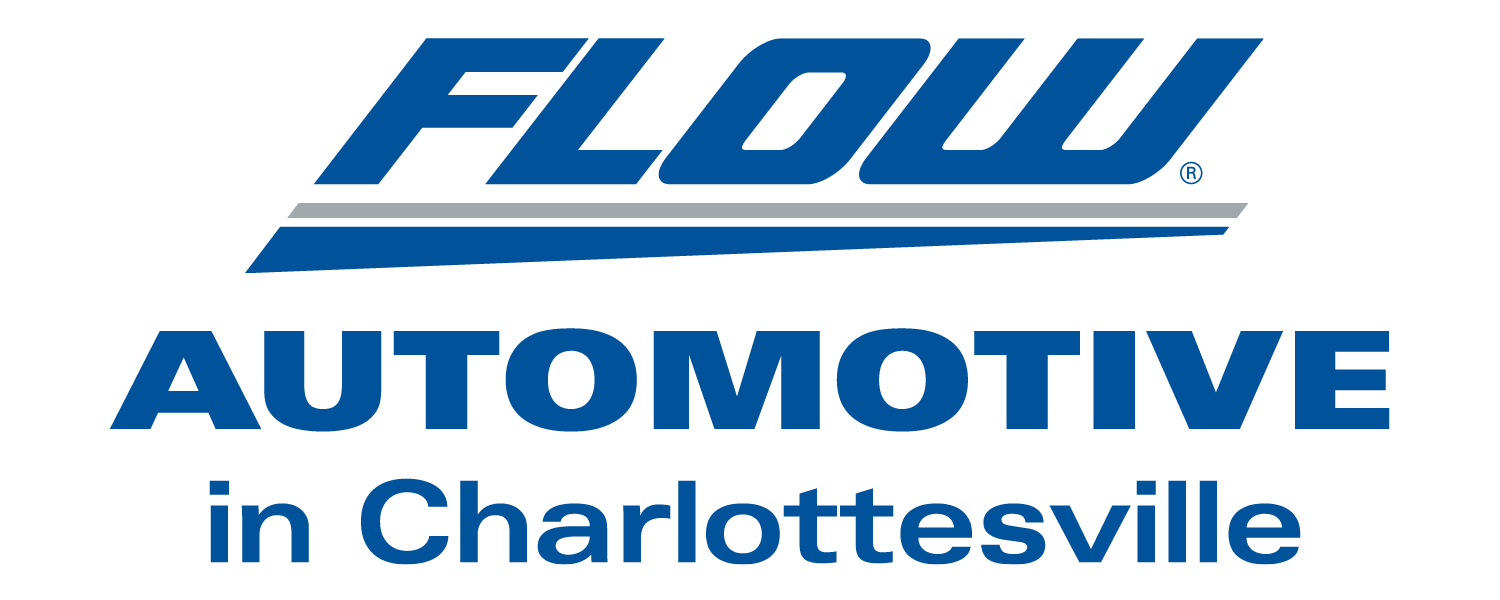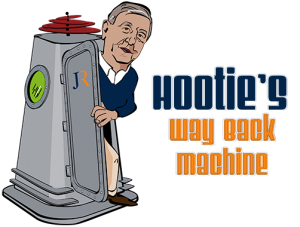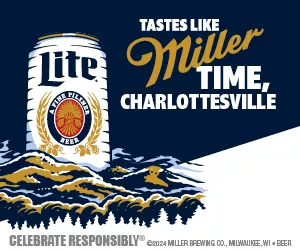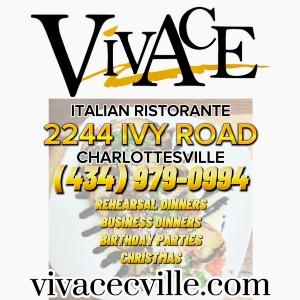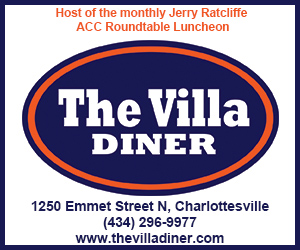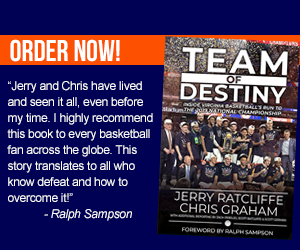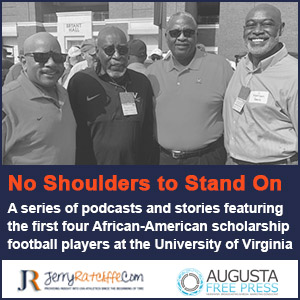Way Back Machine: Virginia, Charlotte, and the Tire Bowl
We are taking the “Way Back Machine” to earlier this century when Virginia won back-to-back bowl games for only the second time in Wahoo football history: 2002 and 2003, the Continental Tire Bowl(s).
Coach Al Groh decided that when the Cavaliers were invited to the new bowl game in Charlotte, that his team wasn’t going to mess around. The opponent would be 14th-ranked West Virginia.
“The two previous bowl trips (for UVa) hadn’t gone very well,” Groh recalled the other day from his home in Massachusetts. “That was the first one [Groh’s program] had been invited to play in.”
The Cavaliers’ previous two bowl games at the close of the George Welsh era hadn’t gone so good as Groh referenced. UVa had lost badly in the 1999 Micronpc.com Bowl in Fort Lauderdale, Fla., 63-21 to Illinois. The following season, Welsh’s last, the Cavaliers were soundly beaten by Georgia in the Jeep O’ahu Bowl in Hawaii, 37-14.
“In a lot of circles at that time, bowl games were referred to as a reward for the season … fun times,” Groh said. “We wanted to establish the mentality that the whole purpose of going to a bowl game was to win. Make sure it was a positive experience, but an opportunity to compete and win one more time.”
Shortly after Virginia was invited to the first Continental Tire Bowl, Groh met with some of his veteran players and asked then what they had done with their bowl stuff from the previous two bowls.
“One said it was underneath the stairs, another said in the basement. Another said some place up in the attic,” Groh remembered. “That led to my point.
“I told them that I could understand that because why would you want to wear stuff that reminded you that you got your ass kicked,” Groh said.
Thusly, Groh’s ‘02 team practiced with a purpose. This was a good West Virginia team and anything less than a strong effort by the Wahoos could have resulted in another game where bowl gear would have been hidden away.
“We knew what kind of team we were playing against,” Groh said. “You better be ready to play your best when you go to a bowl game.”
The night before the game, Earl Sims, Jr., who had graduated the year before, showed up unannounced at the team hotel and gave an impassioned pre-game speech to the players that really helped the Cavaliers focus . Sims is now a successful high school coach at Gulliver Prep in the Miami area.
Groh had done extensive scouting on this WVU team, particularly in its game against Miami.
“All seven of the guys on Miami’s front seven went on to be drafted, and even though Miami won that game, West Virginia ran for like 450 yards,” Groh remembered. “We two-gapped them on every first and second down play except for two. We made them try to move us instead of just push us. On third downs, we put pressure on their quarterback.”
Groh knew his Cavaliers would have to score plenty against West Virginia in order to win, and that’s exactly what they did with a 48-22 victory, UVa’s largest margin of victory in 13 bowl appearances.
After being forced to punt on its opening possession of the game, Virginia scored on its next eight possessions, reeling of 31 straight unanswered points during one stretch against the shocked Mountaineers.
Groh used some trickery early on with a Marques Hagans cross field pass off a reverse. It was a 14-yard scoring pass from Hagans, the backup quarterback, to Wali Lundy, who would go on to score four touchdowns and pile up 239 all-purpose yards to earn MVP honors.
“Matt Schaub had his usual highly productive game and we played well on defense,” Groh said.
Linebacker Angelo Crowell stacked up a team-leading 14 tackles in the game, while linebacker Darryl Blackstock and corner Almondo “Muffin” Curry each had an interception that led to UVa scores.
“I remember there was a sellout crowd of (73,535) fans, and that the hotel before and after the game was electric with energy,” Groh said. “It was a great Virginia turnout. The reception the fans gave us when we returned to the hotel lobby after the game was unforgettable.”
The win gave UVa its first nine-win season since 1998 (9-5 overall, 6-2 ACC) and a No. 22 ranking in the final AP poll of the season.
“We started that season 0-2, but we started a bunch of freshmen that season including Lundy, Heath Miller, D’Brickashaw Ferguson, Brad Butler (all future NFL players),” Groh said. “We got on a hot streak and won seven in a row. We beat Maryland and N.C. State with Philip Rivers down the stretch of the season, but we really established the mentality and style in how to prepare for bowl games.”
Many Wahoo fans will remember that West Virginia Gov. Bob Wise was so infuriated by Virginia’s Pep Band that he demanded an apology after the band lampooned his state’s rural image during its halftime show.
Virginia’s appearance in the bowl was so impressive that the Tire Bowl (now the Belk Bowl) invited the Cavaliers back for an encore in the 2003 season to face Pittsburgh in another ACC vs. Big East clash.
UVa would win back-to-back appearances, topping Pitt 23-16 as Schaub, playing in his final game for the Cavaliers, was named the bowl’s MVP after completing 20 of 31 pass attempts for 244 yards.
Virginia led 17-13 at halftime and 20-16 headed into the final quarter, then added a field goal by Connor Hughes for the final score with 2:28 remaining.
“Just as the year before, we made a game plan very specific to what our opponent did best,” Groh said.
What Pitt did best was get the ball to All-American wide receiver Larry Fitzgerald (who is still in the NFL).
“We rigged some things coverage wise,” Groh said. “We were going to make sure Larry didn’t set any records against us. He’s going to the Pro Football Hall of Fame, but we tried to deny the ball from him and cut down on his production, thusly taking away Pittsburgh’s offense by denying him the ball.”
That’s exactly what UVa did. Fitzgerald, who was runner up for the Heisman Trophy that year, entered the game with an NCAA record 18-game touchdown reception streak. Virginia held him to 77 yards on only five catches.
The Cavaliers’ defense set the tone early when Pitt had a first-and-goal at the Virginia 1-yard line but stonewalled the Panthers on the first three running attempts, then linebackers Ahmad Brooks and Kai Parham stuffed Pitt’s Brandon Miree for a loss on fourth down.
“Pitt run a play on fourth down that we had missed on two days before in practice,” Groh said. “We corrected it, showed it on video, and so when Pitt ran it down there on the goal line, we stopped it. That gave us some good momentum and dramatically affected the scoreboard.”
The Panthers were hoping for a late score that could have tied or won the game with a 45-yard kickoff return to their own 48. However, on the first play from scrimmage, UVa’s defense gained its second turnover of the game when Brennan Schmidt’s sack was recovered by Kai Parham, UVa’s fifth sack of the day.
“Not only did we stay in the same hotel, but we had another great reception from our fans, who took over the stadium. In both of those games, fans made it like a home game for us,” Groh said.
Groh took Virginia to five bowls during his era, won three, lost one in overtime, and lost to Mike Leach’s Texas Tech team late in the game at the Gator Bowl.
“Texas Tech’s Michael Crabtree (receiver) and Grant Harrell (QB) had set an NCAA season record for passing,” Groh said. “We had em and we got sacked and fumbled late in the game on a screen pass. I think they kicked a field goal on the last play to beat us.”
After the game, Leach told Groh that it was the best defensive plan than anybody had ever come up with against his offense.
“I remember doing a lot of research to get a real fix on what they were doing,” Groh said. “Not just the plays but the concepts behind them. To this day, I pull up Leach’s Washington State offense on my IPad to see what he’s doing these days. I think he’s stayed pretty true to the blueprint.”
The game in Boise left a bitter taste in Groh’s mouth.
“We lost that game, all that bowl gear they gave us, I left it all in the hotel room,” Groh said.
There were three controversial rulings by officials in those games, all three going against Virginia. The following season, when Instant Replay came to college football, all three of those plays were used as examples in officiating clinics and officials noted that had replay been around for that game, all three calls would have been overturned in Virginia’s favor.

